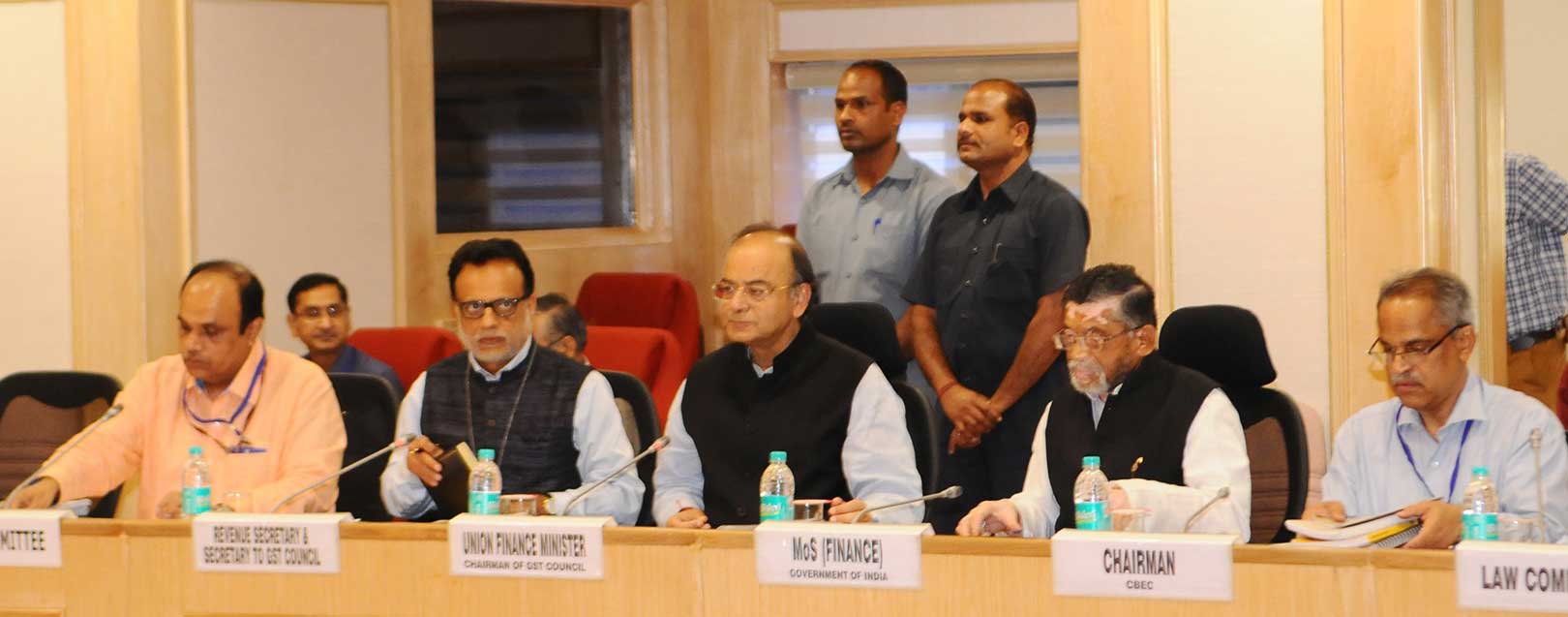
IGST, CGST and Compensation Bill receive Lok Sabha nod
By Ranjeet Mahtani and Sweta Rajan
A seven-hour long debate in the Lok Sabha, resulted in the passage of the Integrated GST, Central GST and GST Compensation Bills this week. Having been introduced as ‘money bills’ the Rajya Sabha did not have the power to amend or reject bills. Now, the Bills require presidential assent to become law.
In preparation for the transition to GST, the Central Government has introduced another bill in the Lok Sabha to amend the Customs Act, 1962, the Customs Tariff Act, 1975, the Central Excise Act, 1944, the Central Excise Tariff Act, 1985, the Finance Act, 2001, and the Finance Act, 2005, and to repeal certain existing enactments. These amendments are essential to modify the tax levying powers of the Government, to factor in the changes in indirect tax law as contemplated in the Constitution (One Hundred and First Amendment) Act, 2016.
Developments in the GST Council
The GST Council met for the thirteenth time on March 31, 2017. During this meeting, the Council gave its tentative nod to the draft rules and regulations regarding composition scheme, transition, input tax credit and valuation. The Council had constituted GST Working Groups on March 24, 2017 to examine and address certain sector specific concerns in consultation with industry leaders of certain sectors, viz. the Banking, Financial and Insurance, Telecom, Exports (incl. EOUs and SEZs), IT/ITES, Transport and Logistics, Textiles, MSMEs, Oil and Gas, Gems and Jewellery, and Government services. Once reports from these working groups are received, the GST Council will finalise the rules.
The GSTN system will have to adapt the final rules with the system. This is crucial from the perspective of preparedness for transition.
The next meeting of the GST Council is scheduled on May 18-19, 2017, during which it is expected that all rules will be approved and made available in public domain. It is also expected that the classification of goods and services across the agreed 5-slab rate structure will commence.
The Revenue Secretary was recorded to have said that although the rate fixing will be a time consuming process, there is no hurry since the rates can be announces at the last moment also. As regards the classification of services across the rate slabs, the Revenue Secretary stated that very few item, i.e. those which presently enjoy abatements, will have to be classified, while most other services will fall within the 18% slab.
SGST laws
The draft SGST law as approved by the GST Council has cross-references to all the Central GST laws that were passed by the Lok Sabha. Once these laws are notified, the States will have to call a special session in their respective legislatures in April (latest by May) to pass the State GST Bills.
Other aspects and features which are presently being deliberated, and certain issues gleaned from the GST laws passed by the Parliament include the following:
- IGST payable by recipients for supplies by unregistered suppliers – The IGST law contains a provision requiring payment of IGST on reverse charge basis by the recipient of supplies, in cases of supplies of taxable goods and/or services by an unregistered supplier to a registered person. In effect, the provision seeks to tax all supplies, even if the supplier falls under the registration threshold. This provision renders the threshold exemption a benefit only to the supplier from a compliance perspective, without the exemption benefit being passed on to the end-customer.
- Centralised administration of services – The revenue Secretary has stated that the option for centralized registration of services will not be available. However, centralised audit is a possibility. A final decision on this issue will be taken once the reports of the sector-specific working groups are received.
- Anti-profiteering clause – The CGST Bill contains an anti-profiteering clause, which is a mechanism to ensure that the reduction in prices due to reduction in tax rate under GST actually results in proportionate reduction in the price of the concerned goods or services. The Central Government has indicated that it proposes to take a ‘light touch’ approach to this provision, which is meant only for the transition phase as a deterrent against over-pricing.
- The clause requires businesses to pass on the benefit of input credit or tax reduction to the end consumer by way of a reduction in prices. The clause intends to protect the end-customer from the inflation that GST is expected to bring, the manner of implementation of this clause remains unclear. Industry at large is concerned since substantial disclosures would have to be made if the clause is to be implemented, since, to calculate the profit of an organisation, pre- and post-GST cost sheets of each product would be required to be disclosed.
- Further, if international experience (of Malaysia and Australia) is to be gone by, this clause has the potential to prove very troublesome for assessees.
- The clause in the Bill as passed by the Lok Sabha differs from the clause contemplated in the model CGST law earlier released, inasmuch as the Central Government, on the recommendations of the GST Council may constitute an authority or empower an existing authority for the purpose of implementing this provision.
- Special status of J&K retained – Article 370 of the Constitution of India grants special autonomous status to the State of Jammu and Kashmir (J&K), for the purposes of legislation. In line with this provision, the CGST law specifically states that it is applicable to India other than the State of J&K. The State Government of J&K has assured the Central Government that they are in the process of considering the GST laws as passed for the rest of India, and legislating similar laws to bring them at par with the rest of the country. In terms of the Constitutional mandate, it is not possible for J&K to remain outside the purview of GST.
- CBEC restructuring – The Central Board of Excise and Customs (which has received approval to be renames as ‘Central Board of Indirect Taxes and Customs’ - in preparation for the GST regime), which administers the levies of customs, central excise and service tax under the present regime, will have to undergo a complete restructuring and re-distribution of powers. This restructuring is expected to be done by May 1, 2017, so that the manpower movement is completed in time.
In terms of reports released by the Government, in most States over 50% of potential assessees have migrated to the GSTN; in some States up to 90% assessees have migrated. These statistics are encouraging. The Government has committed that measures will be taken from April 1, 2017 to create further awareness to bring on board the remaining assessees including first time assessees.








 to success.
to success.